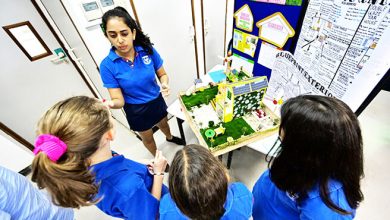The Role of Restorative Practices in Promoting a Positive School Culture

Restorative practices are becoming increasingly popular in schools across the country as a means of promoting a positive school culture. These practices focus on building relationships and repairing harm rather than simply punishing bad behavior. By implementing restorative practices, schools can create a more supportive and inclusive environment for students, staff, and families.

What are Restorative Practices?
Restorative practices are a set of tools and strategies that aim to build and repair relationships within a community. This can include techniques such as restorative conversations and circles, which provide a safe and structured space for individuals to discuss their feelings, needs, and experiences. Restorative practices also involve repairing harm caused by negative behavior, which can be done through actions such as apologies, restitution, and community service.
The Benefits of Restorative Practices in Schools
Restorative practices have numerous benefits for schools and the wider community. By prioritizing relationship-building and repairing harm, schools can create a more positive and inclusive environment for all students. This can lead to improved academic outcomes, as students are more likely to feel safe, supported, and connected to their school community.
Restorative practices also promote social and emotional learning, helping students to develop important skills such as empathy, self-awareness, and conflict resolution. By addressing negative behavior through relationship-building and restorative actions, schools can also reduce the likelihood of future incidents and improve overall school safety.
Implementing Restorative Practices in Schools
Implementing restorative practices in schools requires a commitment from school leaders, staff, and families. It is important to provide training and support for all members of the school community, including teachers, administrators, and support staff. This can involve workshops, coaching, and ongoing professional development opportunities.
It is also important to involve students in the process of implementing restorative practices. Students can be trained as peer mediators and facilitators, and can lead restorative circles and conversations in their classrooms and throughout the school.
Restorative practices offer a powerful tool for promoting a positive school culture. By prioritizing relationship-building and repairing harm, schools can create a more supportive and inclusive environment for all students. By implementing restorative practices, schools can foster social and emotional learning, reduce negative behavior, and improve overall school safety. With a commitment to restorative practices, schools can create a culture of respect, empathy, and accountability that benefits everyone involved.



